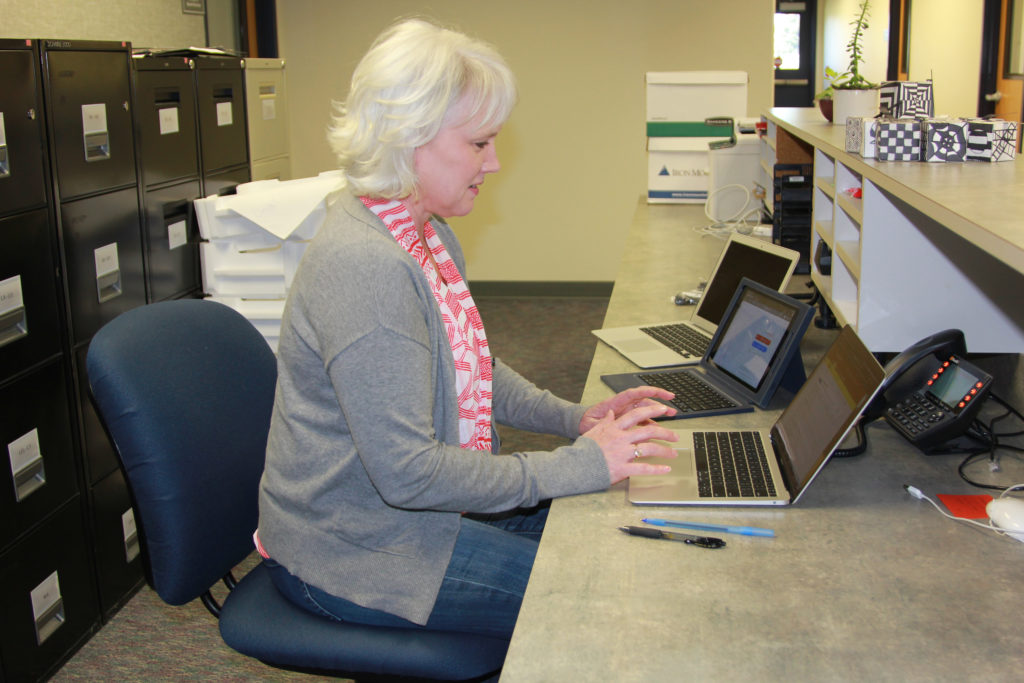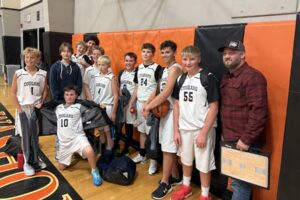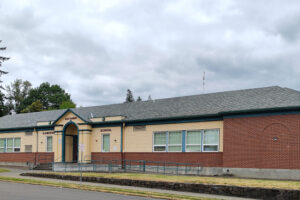Editor’s Note: This article is part an occasional Post-Record series, “Our Essential Workers,” highlighting East Clark County residents who are working on the front lines — in health care, as first responders, at the grocery stores, for essential city services, in transportation, in our school districts, etc. — to help make all of our lives safer and more secure during the COVID-19 pandemic. If you have a suggestion for a person we should feature in this series, please email Managing Editor Kelly Moyer at [email protected] and type “Essential Workers” in the subject line.
Linda Henderson has always seen herself as a natural problem-solver; that’s why she enjoys her job as the Washougal School District’s technical support specialist.
Her latest quandary, however, was much different from any other that she’s faced. She, along with her colleagues in the district’s information technology (IT) department, were recently tasked with constructing an entirely new education delivery method in the matter of mere weeks after Washington Governor Jay Inslee ordered all schools in the state to shut down due to the widespread outbreak of COVID-19 on March 13.
That’s not an easy problem to solve, to be sure. But Hendreson wasn’t daunted.
“We looked at it as a new challenge. We said, ‘Let’s go do this,’” she said. “We hit the ground running. We were one of the few groups of people who were at work on Monday, March 15. We had a meeting, and we talked about the next steps, what we were going to do and the best ways to do it. We’ve been going strong the whole time.”





